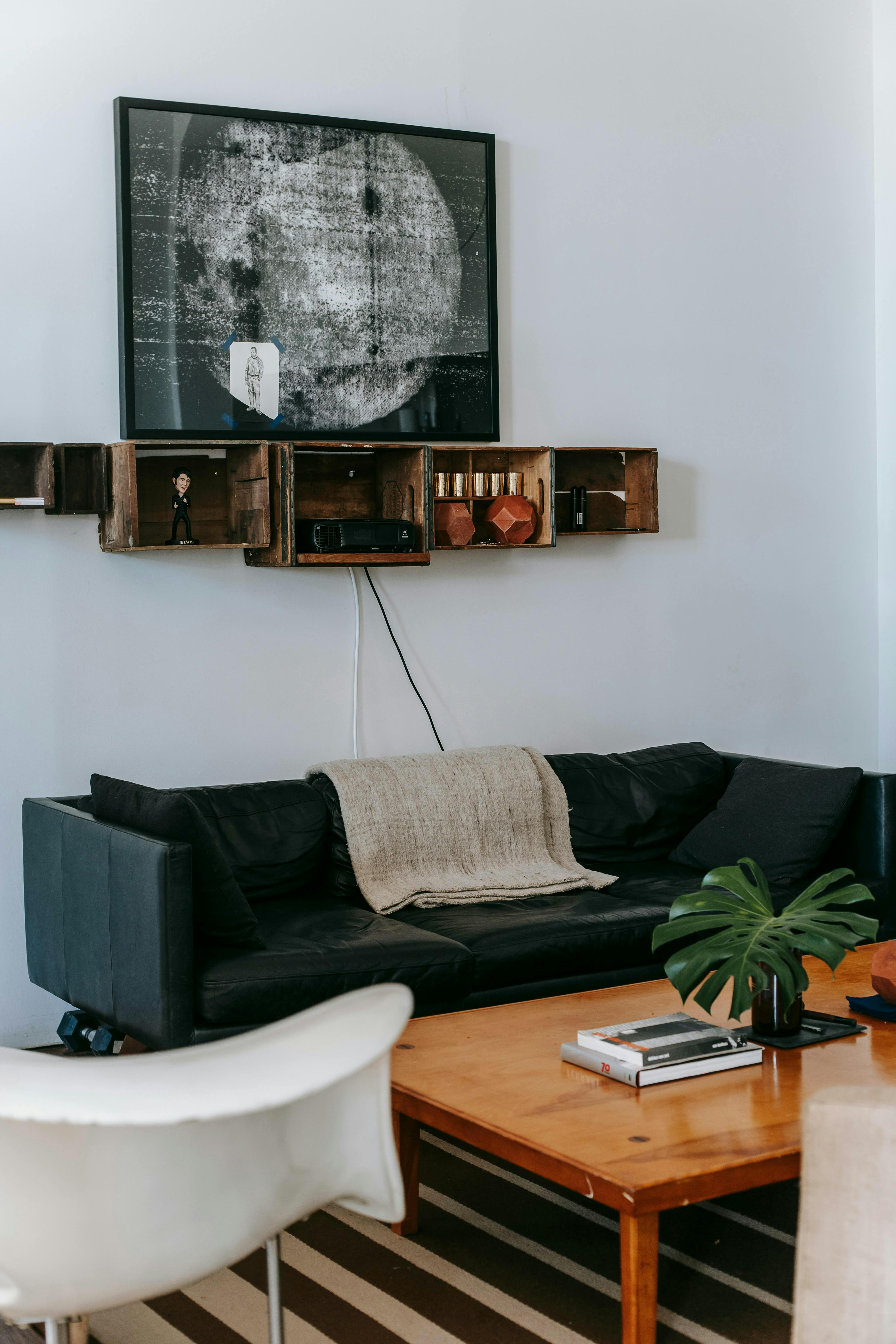Understanding Mold Growth: Susceptible Regions and Climates

Mold is a common concern for homeowners, property managers, and residents across various regions. It not only poses a risk to the structural integrity of buildings but also to the health of individuals exposed to it. Understanding which regions or climates are most susceptible to mold growth can help in taking proactive measures to prevent its occurrence and mitigate its impacts. This article delves into the characteristics of regions and climates that are particularly prone to mold growth, emphasizing the importance of moisture control and ventilation in these areas.
Warm and Humid Climates: A Breeding Ground for Mold
Warm and humid climates are the most susceptible to mold growth. These conditions provide the perfect environment for mold spores to thrive and multiply. Regions with high humidity levels, such as coastal areas or places near large bodies of water, often experience persistent mold problems. The combination of warmth and moisture creates an ideal setting for mold to flourish on various surfaces, from walls and ceilings to carpets and furniture.
The Role of Humidity in Mold Proliferation
Humidity plays a pivotal role in mold growth. Mold spores are present in the air and on surfaces, waiting for the right conditions to grow. When the relative humidity in an indoor environment exceeds 60 percent, it significantly increases the risk of mold development. In regions where the climate naturally maintains high humidity levels, controlling indoor humidity becomes crucial to prevent mold infestations.
Examples of Susceptible Regions
Tropical and subtropical regions are particularly prone to mold growth due to their warm and moist climate. States like Florida, Louisiana, and Texas in the United States, as well as countries in Southeast Asia, Central America, and the Caribbean, often face challenges in managing mold issues. These areas require diligent moisture control and ventilation strategies to combat mold growth effectively.
Damp and Cool Climates: Not Immune to Mold
While warm and humid climates are more commonly associated with mold growth, damp and cool climates are not immune to this issue. In regions with cooler temperatures but significant rainfall or high humidity, mold can still thrive, especially in poorly ventilated or insulated spaces. Basements, attics, and bathrooms in such climates are common hotspots for mold growth.
Importance of Ventilation and Insulation
Proper ventilation and insulation are key to preventing mold growth in damp and cool climates. Ensuring that moisture-laden air is effectively removed from indoor spaces can help maintain a drier environment, less conducive to mold growth. Additionally, insulating pipes and exterior walls can prevent condensation, a common source of moisture that fuels mold development.
Preventive Measures Across All Climates
Regardless of the climate, certain preventive measures can help minimize the risk of mold growth:
- Control Indoor Humidity: Use dehumidifiers and air conditioners to maintain indoor humidity levels below 60 percent.
- Ensure Proper Ventilation: Ventilate bathrooms, kitchens, and laundry areas to remove moisture. Use exhaust fans that vent to the outdoors.
- Fix Leaks Promptly: Address leaks in roofs, walls, and plumbing to prevent moisture accumulation.
- Dry Wet Areas Immediately: Clean and dry any wet surfaces within 24-48 hours to prevent mold growth.
- Use Mold-Resistant Products: When renovating or building, consider using mold-resistant drywall, paints, and insulation.
Conclusion
Regions and climates that are warm, humid, and damp are most susceptible to mold growth, but damp and cool climates can also face mold issues. Understanding the environmental conditions that favor mold proliferation is crucial in taking effective preventive measures. By controlling indoor humidity, ensuring proper ventilation, and addressing moisture sources promptly, it is possible to significantly reduce the risk of mold growth, protecting both buildings and the health of their occupants.